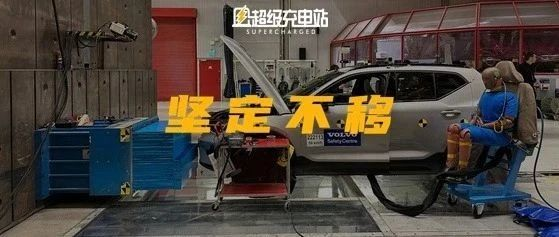Author: Liudahu
As the end of the year approaches, various brands are promoting their performance over the past year. Especially, new forces have released impressive reports, while traditional car companies remain relatively low-key. Of course, this is also related to the overall environment.
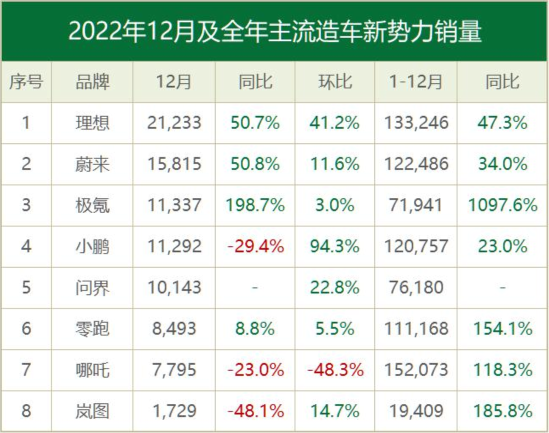
In recent years, global supply chain systems have been affected by factors such as trade decoupling and technological decoupling. Critical resources, such as semiconductors and raw materials for power batteries, have challenged the normal operations of enterprises. According to the latest data from the automotive industry data forecasting company, AutoForecast Solutions, as of December 11th, due to the shortage of chips, the global automotive market is expected to produce about 4.351 million fewer vehicles by 2022.
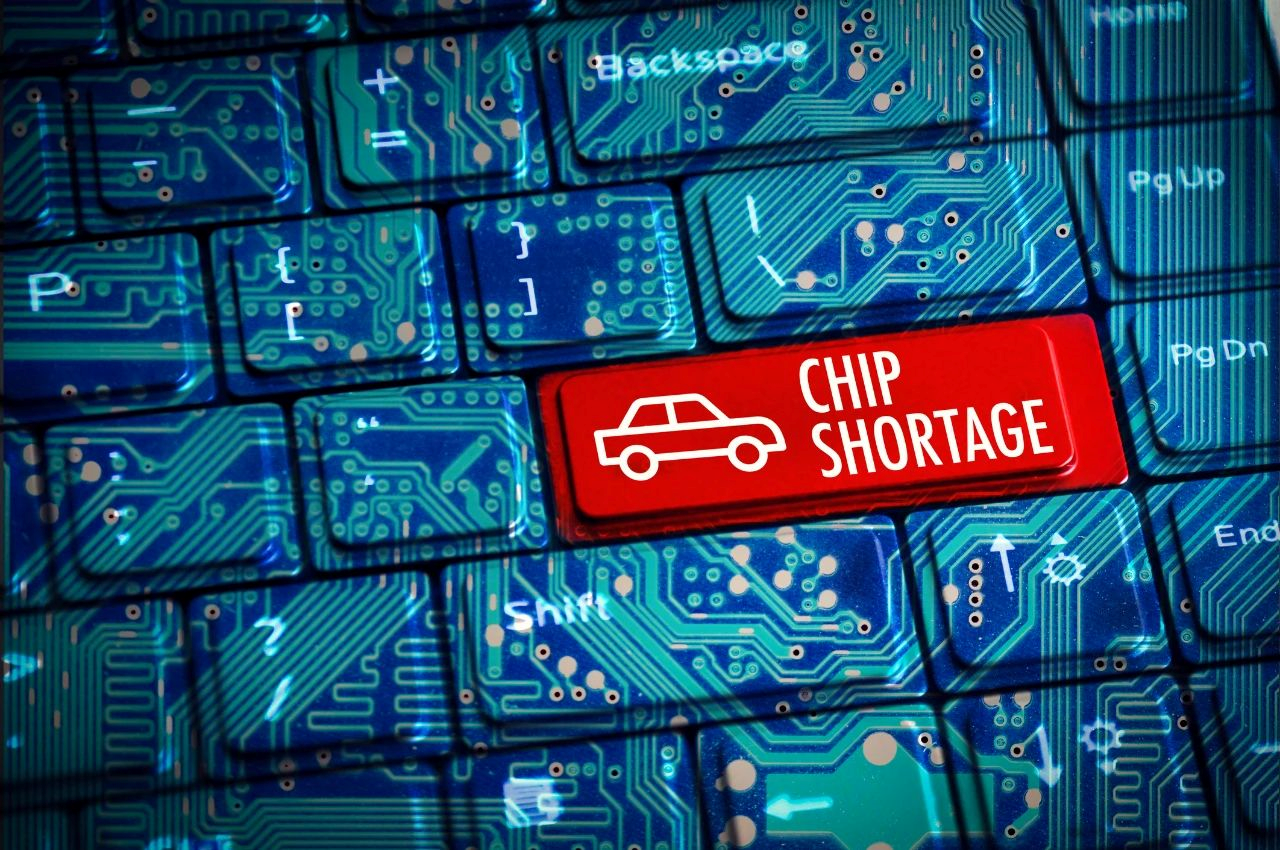
Volvo and 2022
Since 2021, the prices of raw materials for power batteries have continued to rise. Taking the price of battery-grade lithium carbonate as an example, the latest data from Shanghai Steel Union on December 26th, 2022, shows that the price of battery-grade lithium carbonate has fallen by 4,500 yuan/tonne today, with an average price of 542,500 yuan/tonne, which continues to maintain a historical high. Compared with the price of about 50,000 yuan/tonne at the beginning of 2021, the increase is more than tenfold.
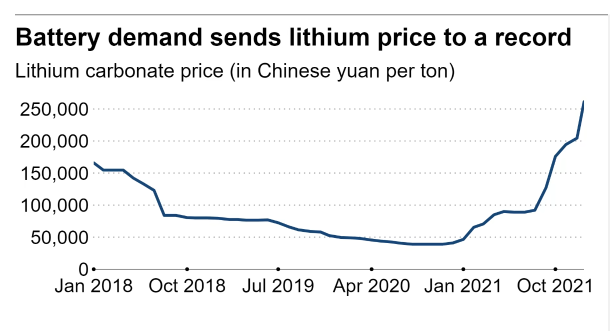
Furthermore, after the epidemic, chip shortage, and expensive electricity, the policy shift has put an end to the car market in 2022. According to a series of policies and plans for the development of new energy vehicles issued by the state, the new energy vehicle subsidy policy will expire on December 31st, 2022. After this date, vehicles registered won’t enjoy relevant subsidies.
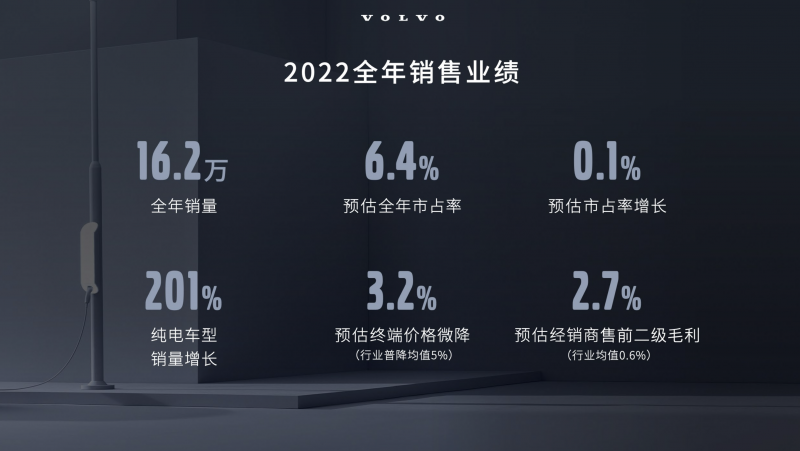 In such a context, what has Volvo done? In 2022, Volvo sold a total of 615,121 vehicles worldwide, a decrease of 12% compared to 2021. However, the sales of electric vehicles accounted for 10.9% of Volvo’s total sales for the year, reaching 66,749 units, an increase of 159.5% year-on-year. In the Chinese market, Volvo sold 162,000 vehicles throughout the year, and more importantly, the sales volume of pure electric models achieved a year-on-year increase of 201%.
In such a context, what has Volvo done? In 2022, Volvo sold a total of 615,121 vehicles worldwide, a decrease of 12% compared to 2021. However, the sales of electric vehicles accounted for 10.9% of Volvo’s total sales for the year, reaching 66,749 units, an increase of 159.5% year-on-year. In the Chinese market, Volvo sold 162,000 vehicles throughout the year, and more importantly, the sales volume of pure electric models achieved a year-on-year increase of 201%.
At the end-of-year communication meeting, Volvo did not shy away from the term “second-tier luxury brand.” Faced with fierce competition in the Chinese market, Volvo believes that it is approaching the top of the sales charts for second-tier luxury brands.
At this communication meeting, Volvo conveyed not only how many cars it would sell next year or how much profit it would make but also a summary of the past year and which areas needed to be further improved. For Volvo, safety is still the bottom line.
When it comes to safety at Volvo, it’s like talking about national treasures in China. With the advent of the electrification era, Volvo has a new understanding of safety, which is primarily reflected in technology. We can explore this further on the latest purely electric model, the EX90.
On the EX90, a new central electronic architecture known as “evolvable safety” has been adopted. Through a central computing platform and vehicle-wide software architecture, the features on the next generation of vehicles can be fully integrated and quickly iterated through autonomous learning and over-the-air updates. At the same time, it is equipped with NVIDIA DRIVE Orin chips, allowing the autonomous driving system to handle various scenarios.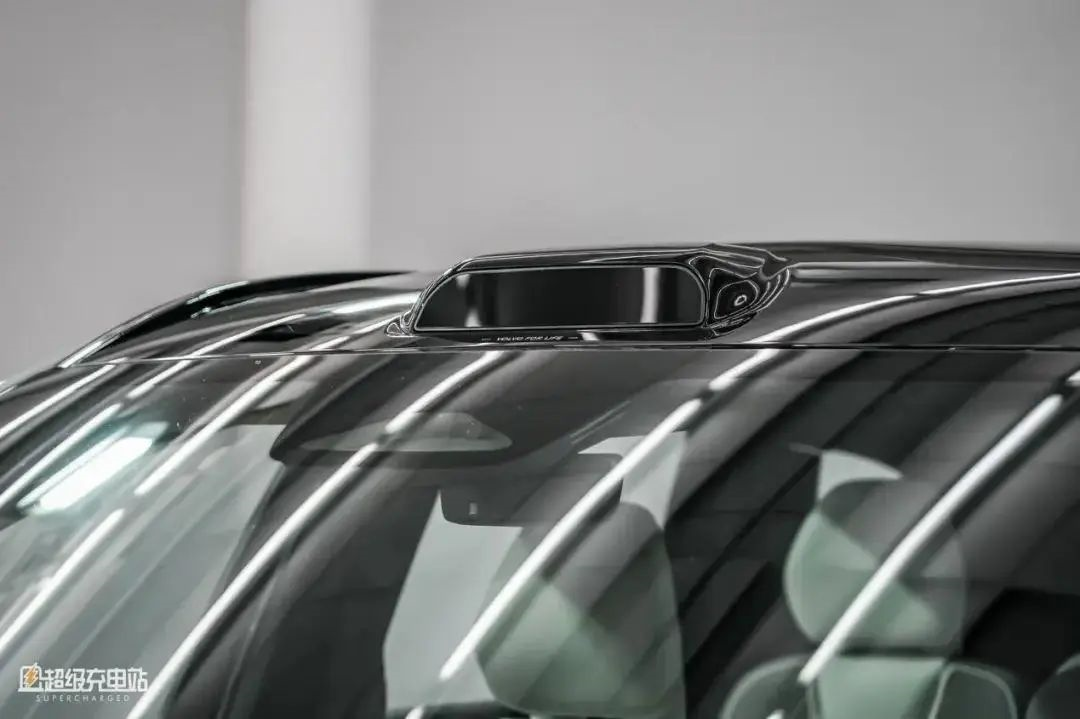
In addition, the whole vehicle is equipped with Luminar’s lidar technology, which can sense stationary black tires up to 120 meters ahead or pedestrians up to 250 meters away. Even on the night highway, the lidar on the EX90 can detect objects in front within a certain range. Studies have shown that the application of this technology is expected to reduce major casualties by 20%, and overall, the proportion of vehicle collisions that can be avoided can be increased by up to 9%.
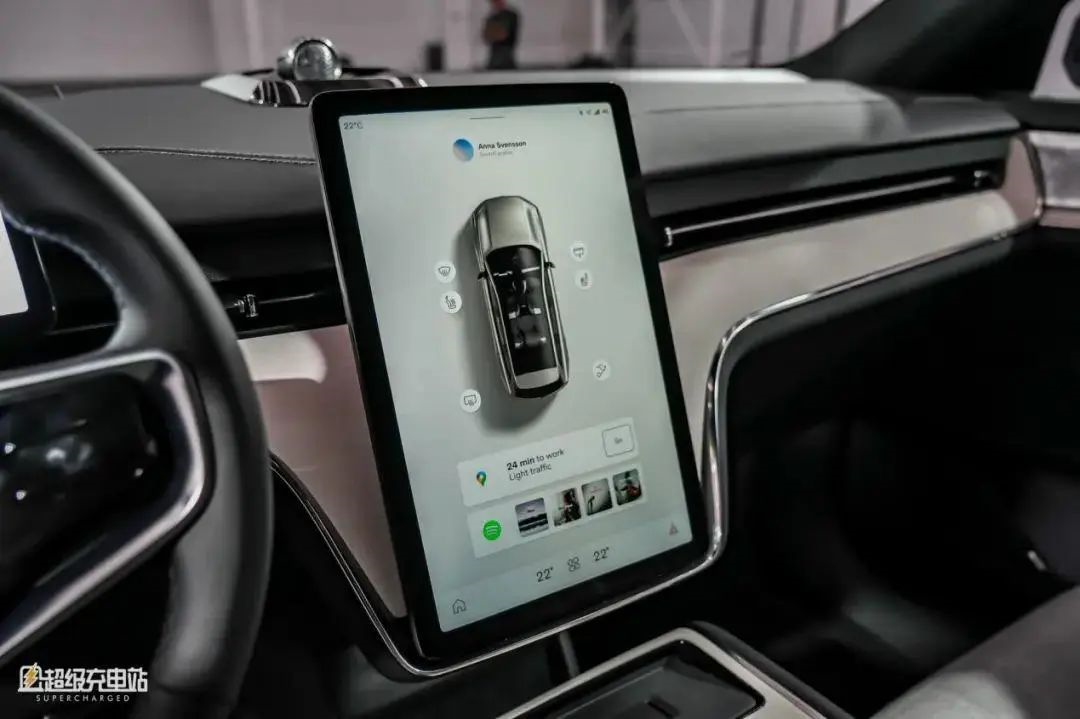
The user interface is also an important part of enhancing a sense of security. According to Volvo, not disturbing the driver is another way of ensuring safety. This brand new system will not overload users with information nor use any technology that would affect the driver’s attention. Instead, it simplifies things as much as possible and provides drivers with a safe and focused driving experience. This is consistent with the pragmatic style of traditional car companies where form should follow function and all designs should be aimed at practical purposes, centered around people.
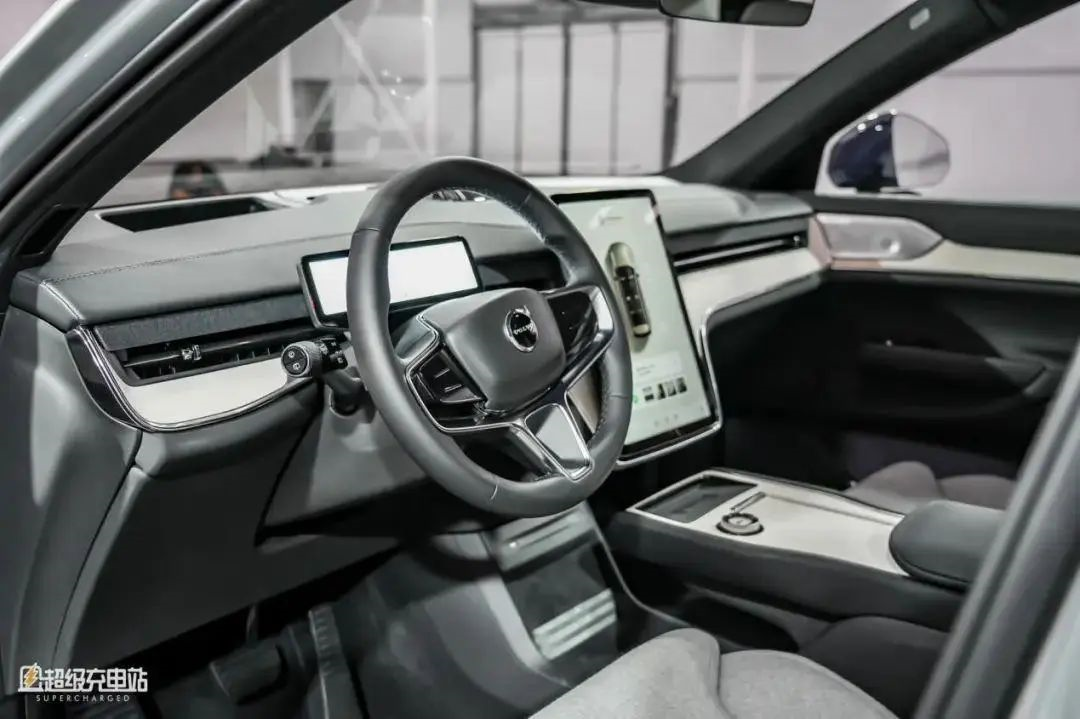
Speaking of centering around people, in order to avoid accidents caused by driver distraction as much as possible, the EX90 is the first in the industry to be equipped with the DUS driver perception system that has dual in-cabin cameras. This system can obtain driver status information and integrate it with intelligent driving algorithms. When it detects that the driver’s attention is no longer focused on driving, it first provides a slight reminder, and then gradually strengthens the reminder if the driver does not take any action. When it detects special situations, such as the driver entering a sleep state or suddenly falling ill while driving, the system will reduce the speed, keep the vehicle in lane, or even stop the vehicle to keep it out of harm’s way and call for help.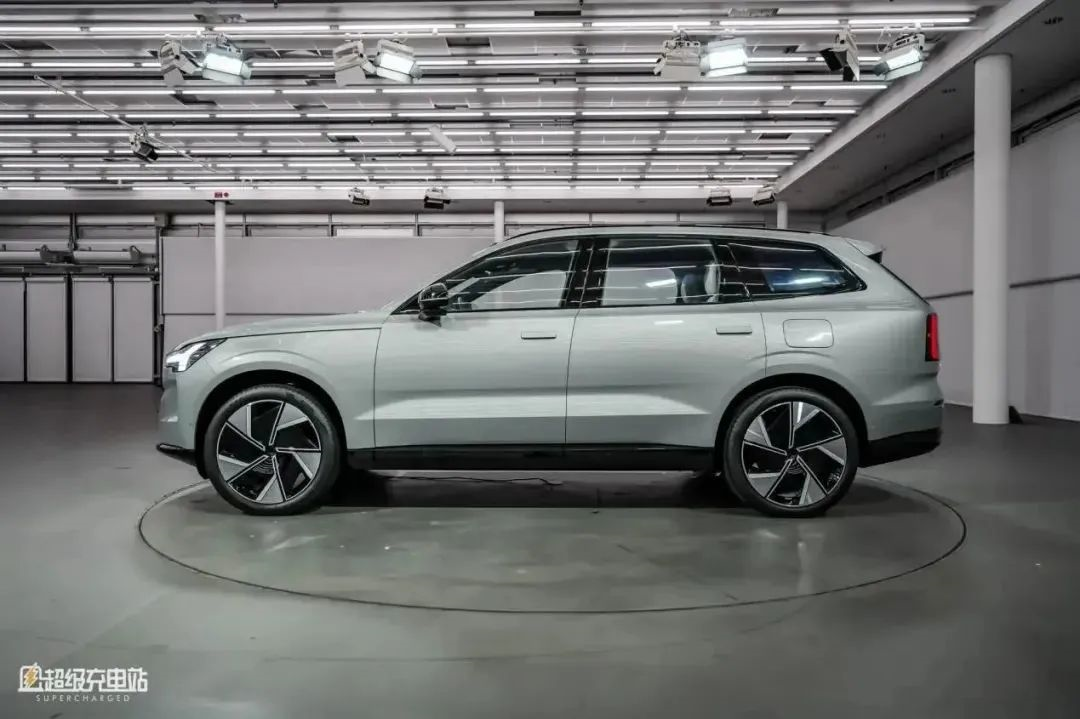
In the era of electrification, battery safety is crucial. EX90 is equipped with the self-developed BMS system from Volvo, which is designed specifically for batteries and is the last line of defense for the car body of EX90 and subsequent electric platform models. This system detects collision and rapidly cuts off high voltage, and adopts a direct circuit breaker design, which can reduce the risk of fire and casualties caused by thermal runaway of the battery after impact.
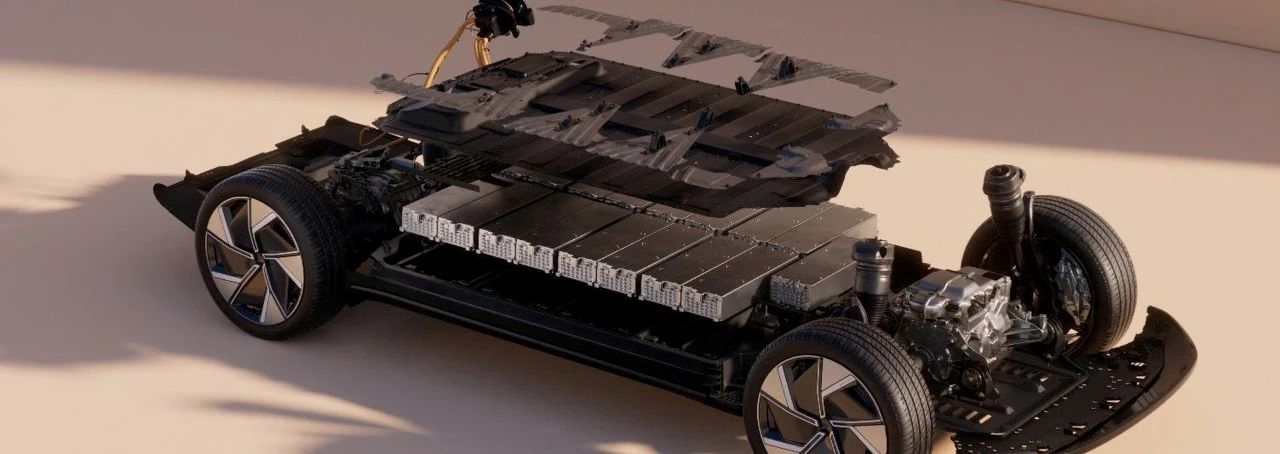
It can be seen that in the era of electrification, Volvo’s exploration of safety and technology has gone further. Safety is no longer just a synonym for Volvo, but rather an integral part of it.
The story of safety continues
Volvo said that in the era of electric vehicles, people have more demands for safety than in the era of fuel vehicles. In Volvo’s consumer research, safety has never been among the top three reasons for purchasing luxury cars in the era of fuel vehicles. Instead, comfort, luxury, and handling are the top priorities.

This natural weakness that was difficult to overcome for brands before has significantly increased people’s demand for safety after entering the era of electrification. This is undoubtedly a good thing for Volvo because it can seamlessly integrate the safety brand label into the era of electrification, which is a natural advantage for Volvo.
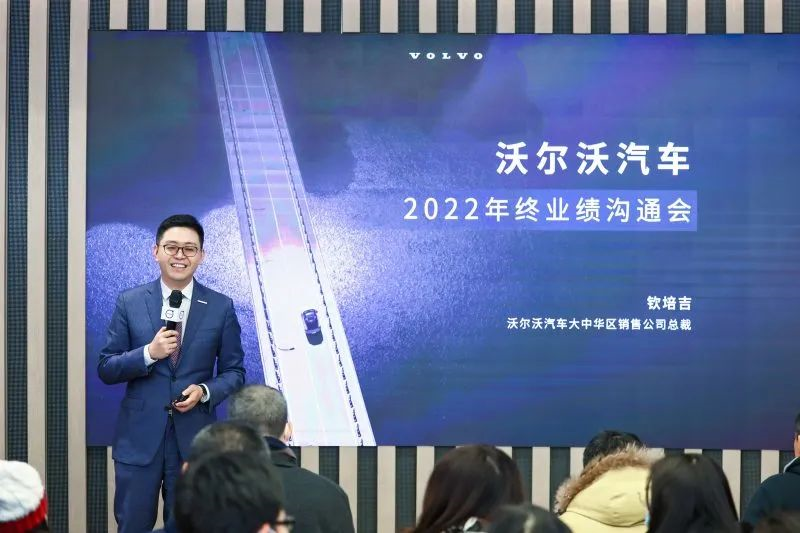
As Qian Peiji, president of the Volvo Car Sales Company in the Greater China region, said at the communication meeting: “Sometimes I joke that Volvo is lucky to have spoken about safety for 90 years and has already established a foothold in the minds of consumers.” Indeed, many brands suddenly started telling safety stories, but it’s hard to make consumers pay immediately. Because safety is connected to the brand itself, it may take years for a story to be fully understood by users. To tell a convincing safety story, it also depends on the product itself. In Volvo’s own words, a brand cannot stand firm in a certain field without 10-20 years of operation.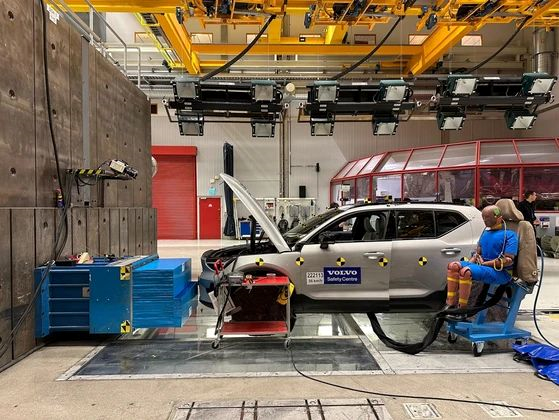
Of course, as we enter the era of electrification, the new forces have taught traditional car companies many lessons in improving their product strength and customer service. Traditional car companies have also realized that the traditional 4S dealership model cannot fully meet the needs of consumers, and therefore, at this communication meeting, Volvo also stated that new products + new services are the new “sense of security” that Volvo gives to users during the electric transformation.
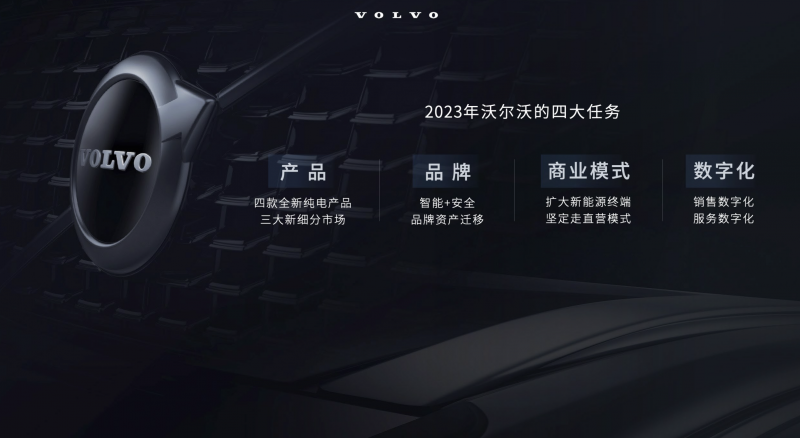
At this communication meeting, Volvo’s insight was interesting. People usually think that the focus of supermarkets or city center stores is on selling cars, but in fact, the customers who enter these stores may just be shopping, eating, and not immediately thinking about buying a car. Some of them may plan to buy a car in two or three years, but this potential consumer behavior that does not have a purpose and regards car viewing as part of shopping is precisely the easiest to sow the seed of interest.
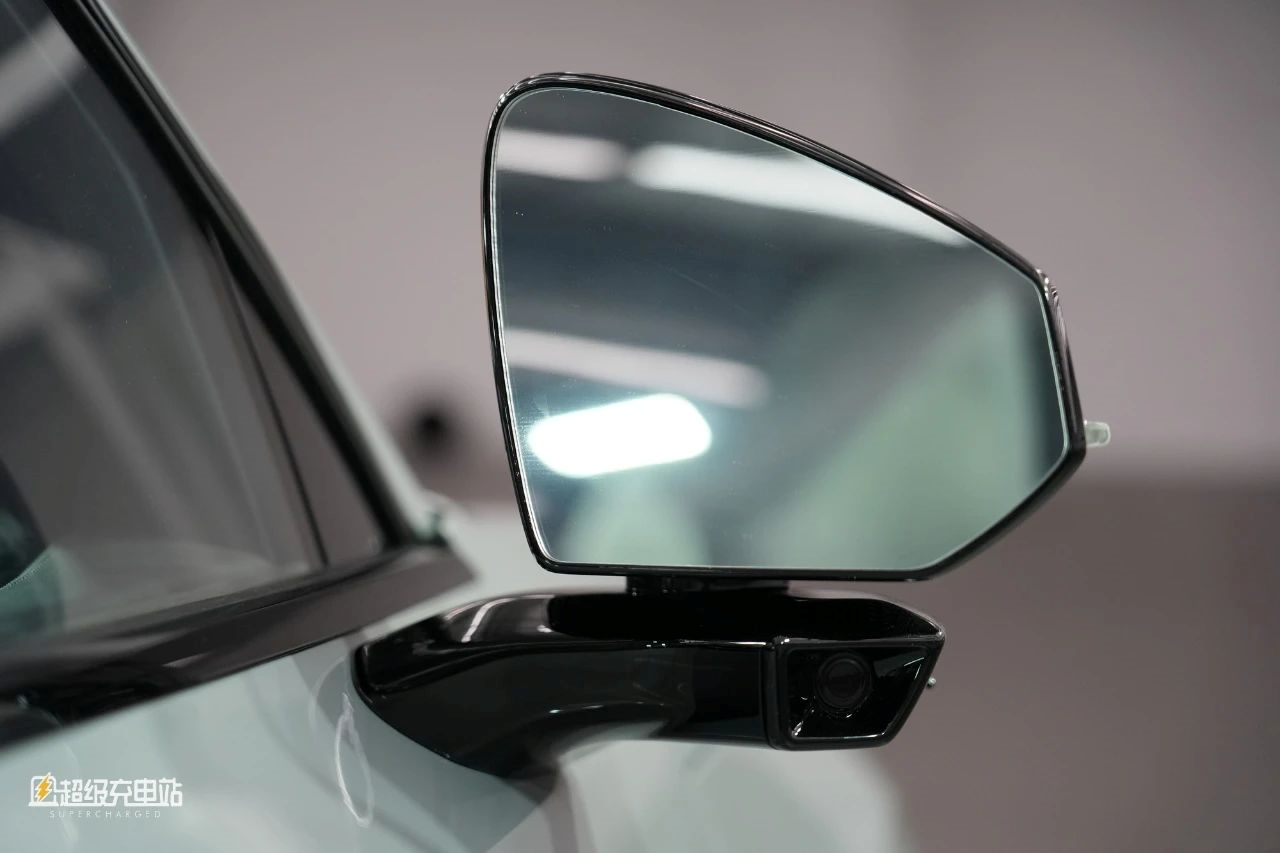
The biggest role of the city center store is not to sell cars on the spot, but to attract potential users’ attention. This is more important than building a large number of 4S stores. In fact, the city center store has more usefulness in establishing the brand, allowing people to have a low-cost way of getting in touch with the brand and understanding it. Some potential purchase intentions are planted in decision-making that is not driven by purpose but has a plan.
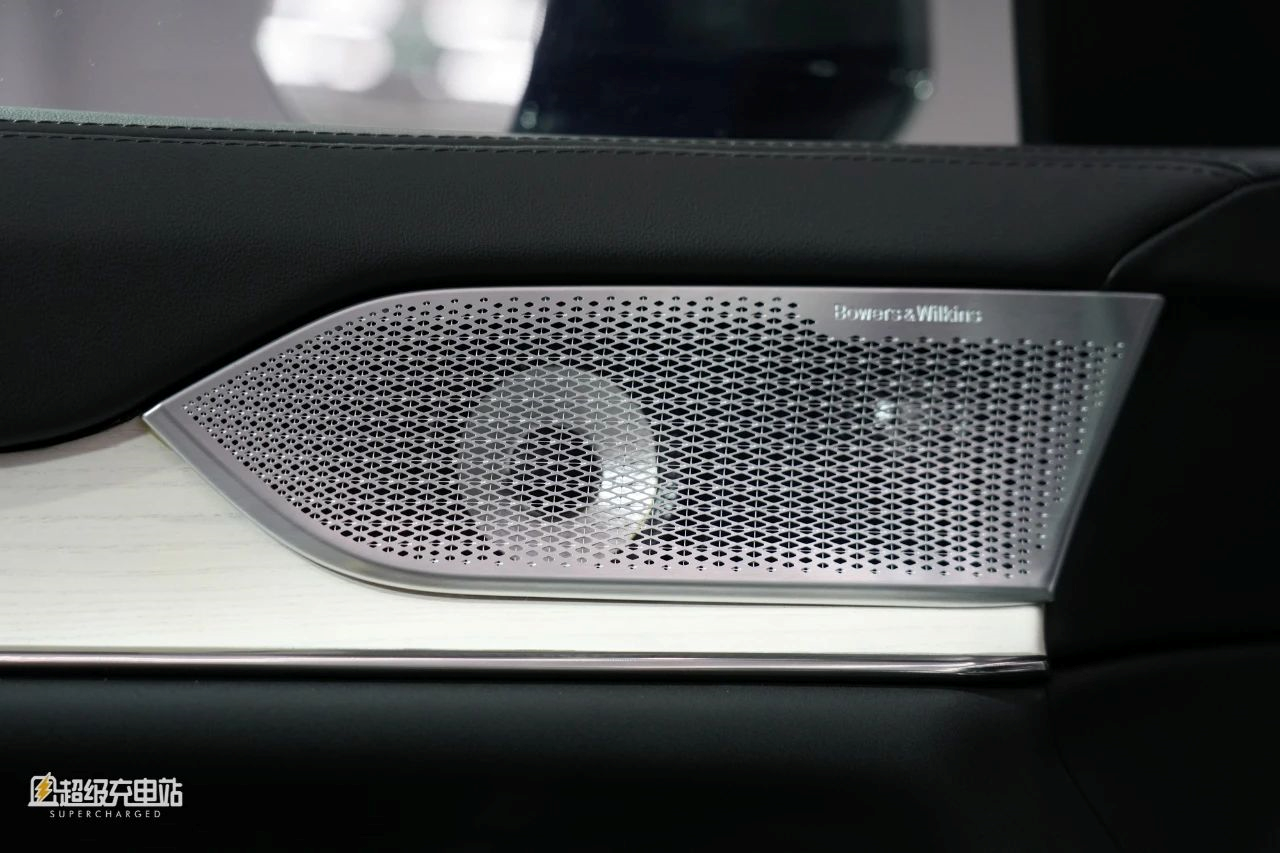
Volvo also stated that it had opened a brand experience center a few years ago, which was a “coffee-only, non-car-selling” experience that Volvo had tried early on. Unfortunately, at that time, Volvo’s new products did not keep pace with the changing consumer scenarios, so there was no large-scale pilot on this model. However, Volvo also stated that if everything goes well next year, it will open more than 60 city center stores across the country, compressed in the central urban areas, and jointly serve consumers with existing 4S stores. We also believe that besides the car product itself, the closer the supporting services and the distance between the customers, the stronger the sense of security. After all, no one wants to be unable to see any services other than the car itself after buying a car. This sense of security cannot be provided by the car alone.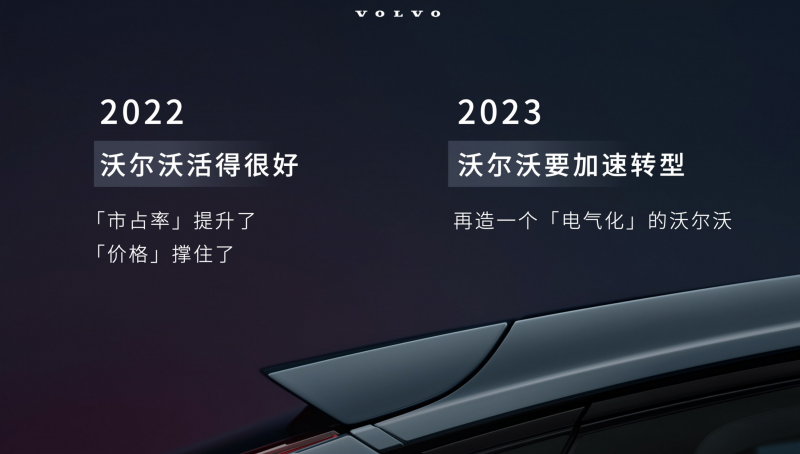
The most profound feeling I got from the whole communication is authenticity and persistence. In the face of an annual sales volume of 162,000, Volvo itself admits that this number is not high, but behind this number, although the growth of sales is general, the entire system can withstand the impact, and the profitability of dealers is relatively stable. And the persistence is that Volvo understands that brand building requires long-term thinking, and in the era of electrification, persistently strengthening safety and brand recognition will be Volvo’s strongest defense. Based on this, Volvo has announced that it will rebuild another “electrified” Volvo in 2023.
-END-
This article is a translation by ChatGPT of a Chinese report from 42HOW. If you have any questions about it, please email bd@42how.com.
